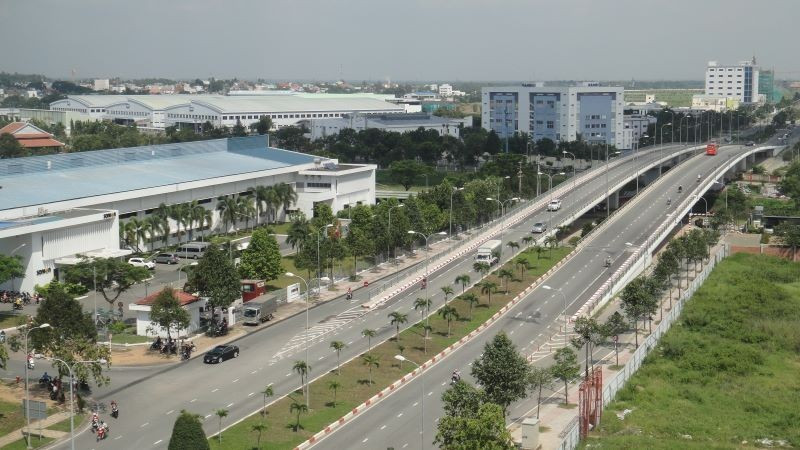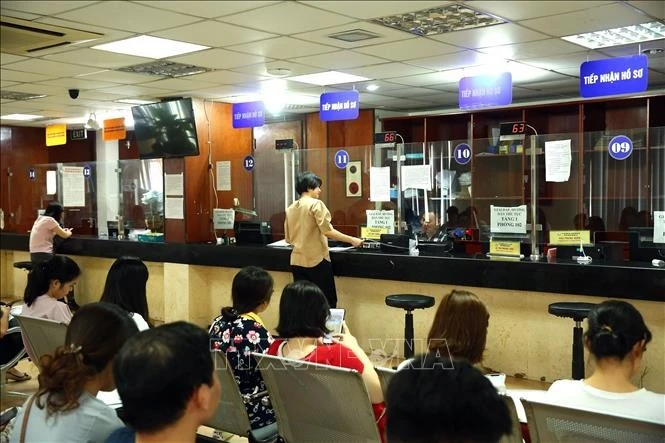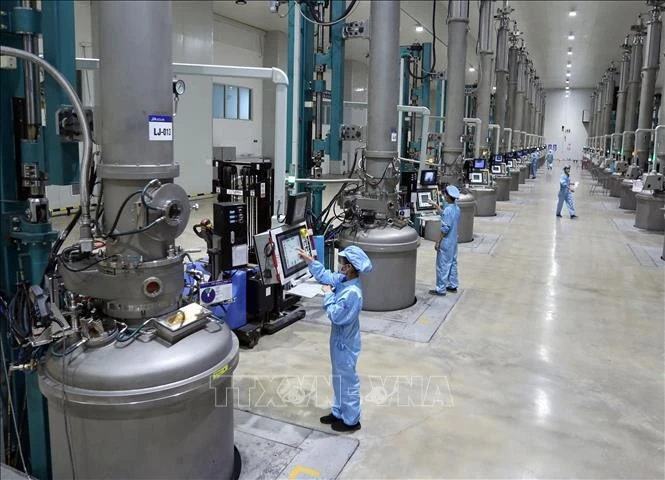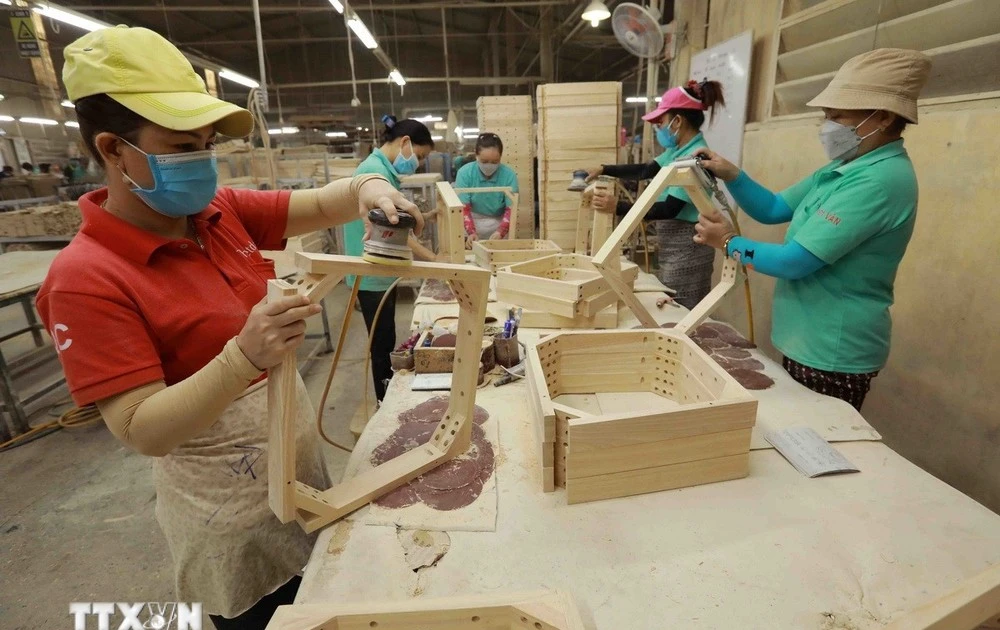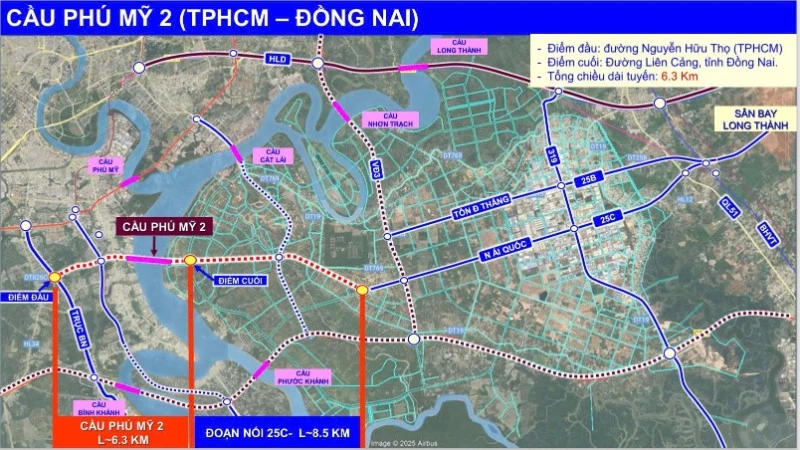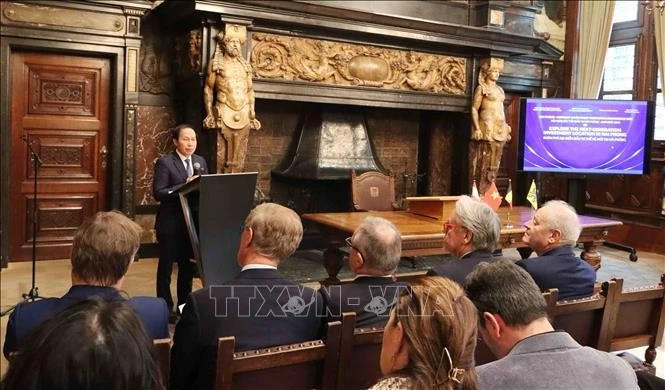By accelerating the application of scientific and technological advances, digital transformation and innovation in business production and public administration, the city is gradually shifting from extensive to intensive development, aiming for long-term sustainability.
Science and technology as a lever
Experts say science and technology have played a pivotal role in driving economic growth, improving living standards and enabling major breakthroughs across multiple sectors in Ho Chi Minh City.
In terms of economic drivers, the contribution of science and technology to total factor productivity (TFP) reached around 50% in 2024. In digital transformation, the city has rolled out comprehensive programmes across healthcare, education and public administration, paving the way for a future smart city.
As for the innovation and start-up ecosystem, the city—widely known as the country’s cradle of science and technology—has built Viet Nam’s largest start-up ecosystem with more than 2,200 start-ups, over 100 venture capital funds and hundreds of start-up events each year.
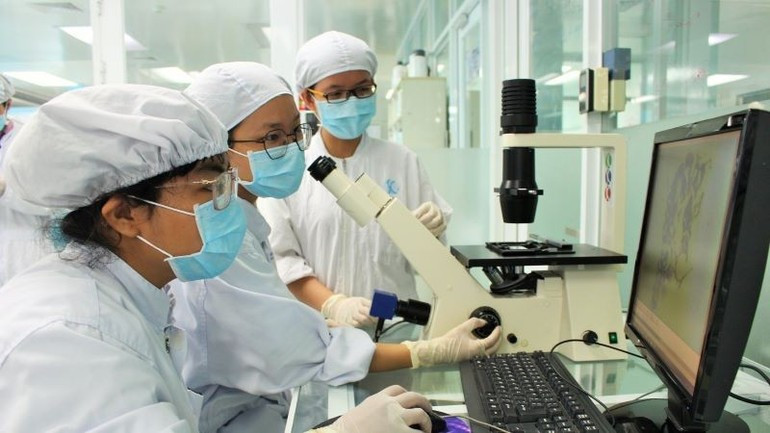
According to Lam Dinh Thang, Director of the Department of Science and Technology, the city has reaffirmed its national leadership in science, technology, innovation and digital transformation. Special policies under Resolution 98/2023/QH15—such as incentives to attract and retain scientists and talent; non-refundable support for start-ups and innovation projects; sandbox mechanisms; and tax exemptions for start-up and innovation activities—have created a solid foundation for large-scale initiatives and the development of a comprehensive, sustainable innovation ecosystem.
The city is also emerging as a key centre for research and development (R&D), demonstrating strong innovation capacity and sustained efforts to build a favourable environment for research and technological development.
In line with this trend, Ho Chi Minh City has intensified cooperation with international partners in development projects, such as green-growth collaboration with Singapore, and more recently with Australia and other technologically advanced nations on research, knowledge exchange and technology transfer in digital transformation, energy transition, green economy and tech-driven megacity governance.
However, the city recognises that its advantages and potential in science and technology have yet to be fully tapped. Despite positive progress, scientific development, innovation and digital transformation remain below expectations compared to the city’s potential. This shortfall has contributed to a decline in the city’s once-outstanding dynamism, creativity and leadership role in the region and nationwide.
Dr Tran Du Lich, member of the National Financial and Monetary Policy Advisory Council, noted that over the past decade, the city’s position has shown signs of weakening—both in its economic contribution and its role in shaping development models and regulatory reforms.
Yet, in the flow of a new era—a period of national aspiration and transformation—Ho Chi Minh City has a historic opportunity to consolidate and elevate its national role and assert its regional and global standing.
Science and technology as the breakthrough key
After nearly four decades of transitioning from a centrally planned, subsidised economy to a socialist-oriented market economy, Ho Chi Minh City has remained a symbol of dynamism, boldness and innovation—consistently the nation’s economic engine and the growth driver of the Southern Key Economic Region.
Amid the global surge of the Fourth Industrial Revolution, the city is reshaping its growth model, with science and technology as the principal driving force to retain its position as the country’s economic leader.

According to Lam Dinh Thang, the Politburo’s Resolution 57-NQ/TW on breakthroughs in science, technology, innovation and national digital transformation represents a crucial opportunity for the city to accelerate and harness all resources for socio-economic development.
To implement this Resolution, the city has issued an action plan under Programme No. 63-CTrHD/TU dated February 27, 2025. It identifies science, technology, innovation and digital transformation as top priorities—key breakthroughs to rapidly develop modern productive forces, modernise production relations, renovate governance methods and drive socio-economic development befitting a leading city in the new era.
By 2030, the city aims to develop 5,000 innovative start-ups; establish at least five internationally oriented centres of applied research and innovation in priority areas; and support the creation of 5–10 major technology enterprises.
It also targets training and attracting scientific research, technological development and innovation personnel to 12 per 10,000 residents; achieving a commercialisation rate of 8–10% from scientific research and technological development outcomes; and ensuring that total factor productivity contributes over 55% to economic growth.
